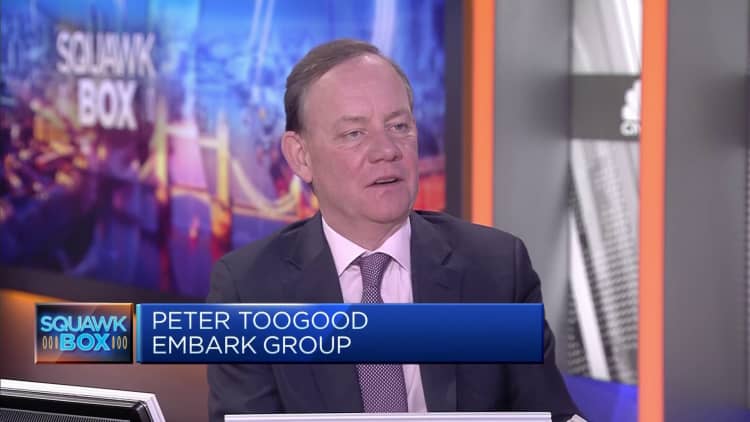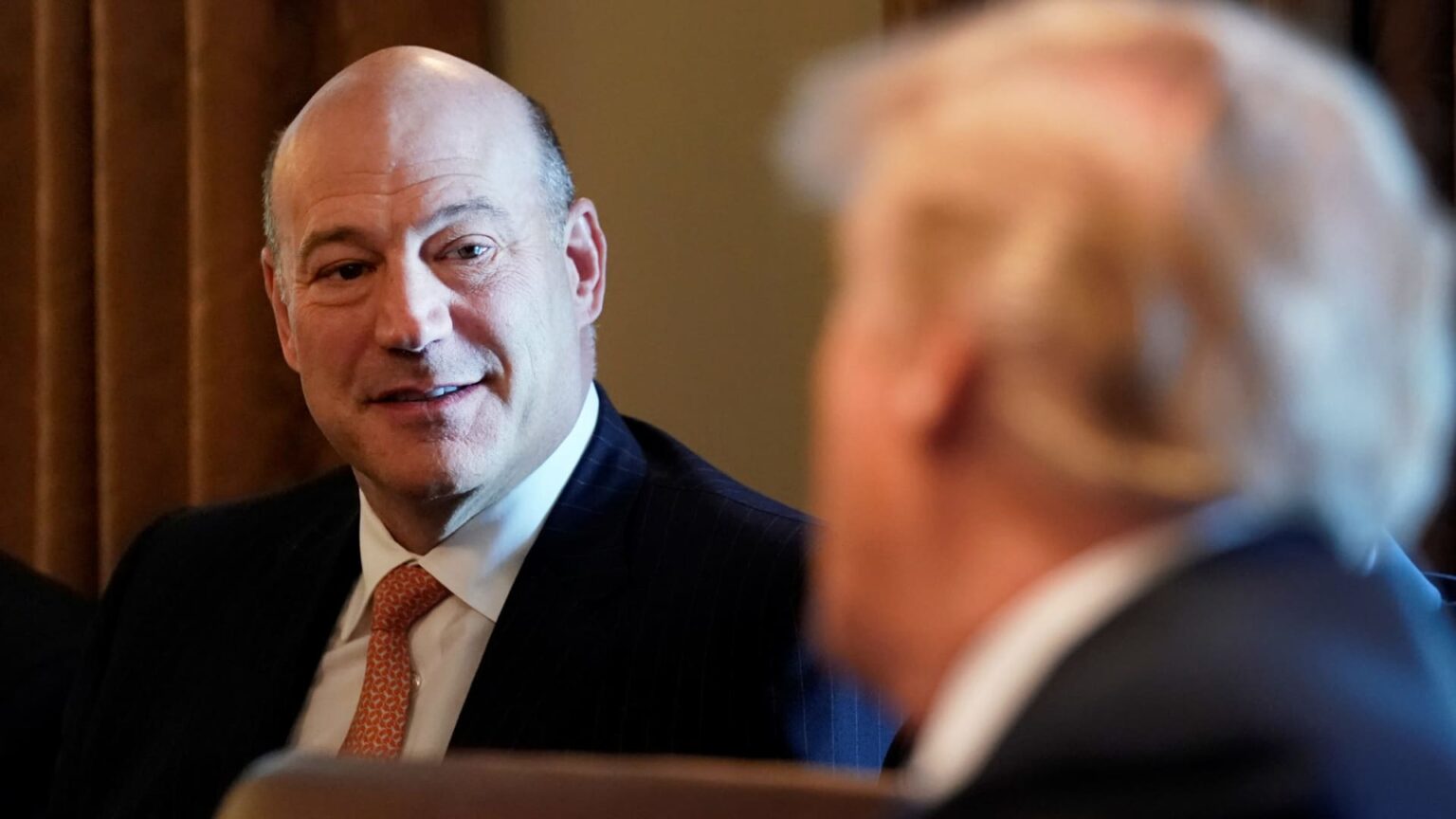The U.S. economy is “back to normal” for the first time in two decades, but the market is getting ahead of the likely pace of interest rate cuts, according to IBM Vice Chairman Gary Cohn.
The market is narrowly pricing a first rate reduction from the Federal Reserve in May 2024, according to CME Group’s FedWatch tool, with around 100 basis points of cuts expected across the year.
The central bank in September paused its historically aggressive monetary tightening cycle with the Fed funds rate target range at 5.25-5.5%, up from just 0.25-0.5% in March 2022.
Cohn — who was chief economic advisor to former U.S. President Donald Trump from 2017 to 2018 and is a former director of the National Economic Council — does not see the Fed starting to unwind its position until at least the second half of next year, after similar moves from other major central banks that began hiking sooner.
“You don’t want to be early to leave when you’re the last one to come to the party. You have to be the last one to leave the party, so the Fed is going to be the last one to leave this party,” Cohn told CNBC’s Dan Murphy on stage at the Abu Dhabi Finance Week conference on Wednesday.
“The economy will clearly turn down before the Fed had starts to cut interest rates, so I strongly believe that for the first half of ’24, we will see no rate activity in the Fed. Maybe [in the third quarter], we’ll start hearing rumblings of some forward guidance of lower rates.”
The U.S. consumer price index increased 3.2% in October from a year ago, unchanged from the previous month but down considerably from a pandemic-era peak of 9.1% in June 2022.
Despite the sharp rise in interest rates, the U.S. economy has so far remained resilient and avoided a widely predicted recession, fueling bets that the Fed can engineer a fabled “soft landing” by bringing inflation down to its 2% target over the medium term without triggering an economic downturn.
Cohn highlighted that U.S. consumer debt has soared to record highs of over $1 trillion, and that consumer spending is persisting despite tightening financial conditions. He said the consumer and the broader economy is “back to a normal, but we all forgot what normal is.”
“We haven’t seen normal for over two decades. We went through a decade plus of zero interest rates, we went through a decade of quantitative easing, zero interest rates and the Fed trying to see if they could create inflation,” he said.

“We’ve gone from the Fed not being able to create inflation — we now know the answer, the Fed can’t create inflation, but the market can — to us trying to unwind a shorter term inflationary shock. We’re back into a normal world.”
He noted that the 100-year average for 10-year U.S. Treasury yields is around 4.5%, and that the 10-year yield has moderated from the 16-year high of 5% logged in October to around 4.3% as of Wednesday morning. Meanwhile, inflation is “running back towards the mean” of between 2% and 2.5%.
“So every piece of economic data, if you look, is sort of heading back towards its very long term average. If you look at these over 100-year generational cycles, we seem to be running into that phase right now,” Cohn added.
Correction: The headline of this story has been updated to reflect Cohn’s quote.
Read the full article here

